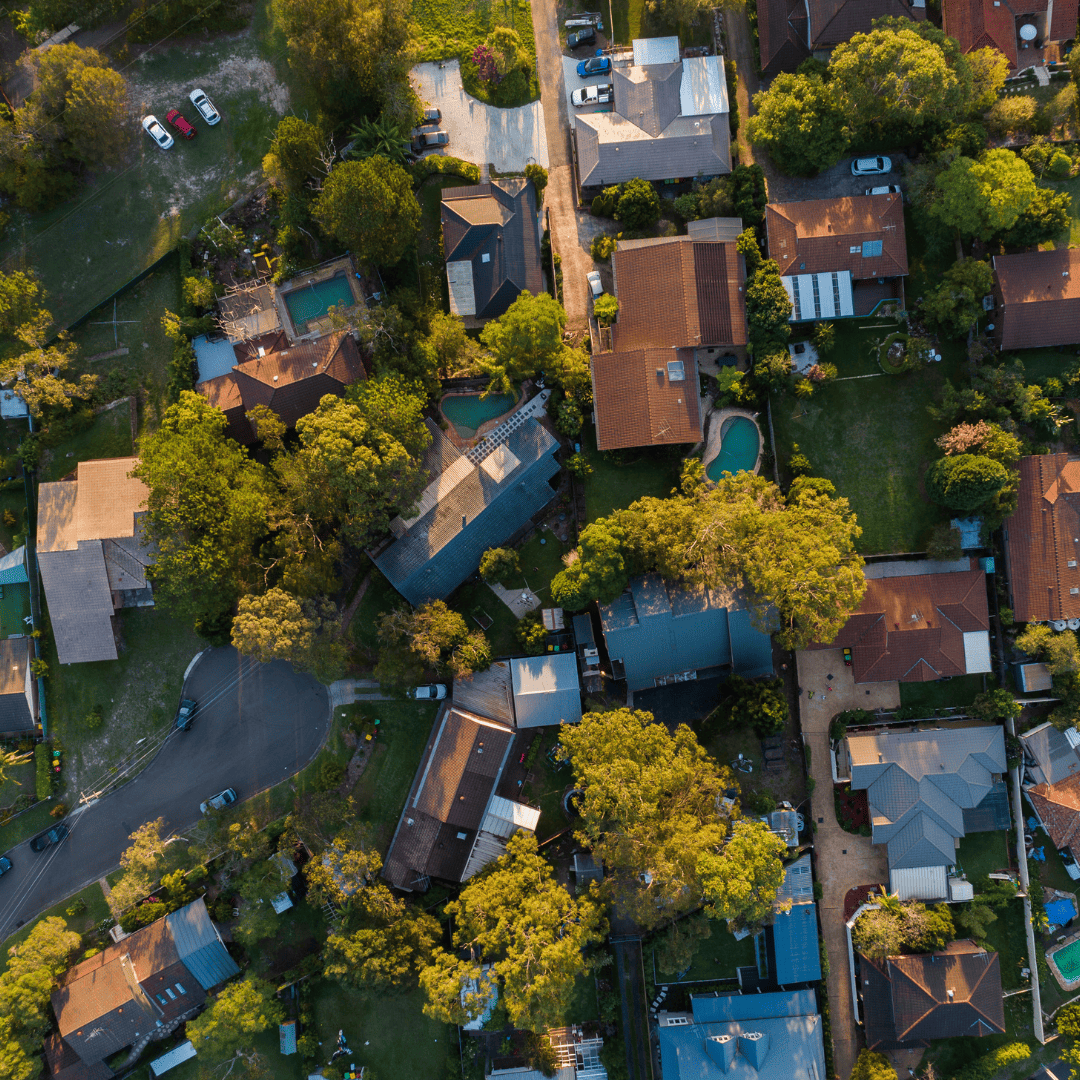Federal Budget 2022 – how it could impact the housing market
Federal Budget 2022 – how it could impact the housing market
Without a doubt, the last couple of years have been turbulent in the property market. From a boom to stagnation and even a slight dip in prices in some areas, and record-low interest rates, to seven jumps in the cash rate in a row. Housing supply issues were a key consideration in the Labor Government’s Federal Budget released last month (October 2022.)
So, what was included in the budget to help?
Equity contribution to get feet in the door:
Up to 40,000 eligible Australians earning under $90,000 per annum (or $120,000 for couples) could make use of the government’s Help to Buy scheme. Eligible buyers will need a minimum two percent deposit with the Federal Government contributing up to 40 percent equity for a new home and 30 percent for an existing home. The buyer will not be required to pay rent on the stake of the home held by the government. The Labor Government estimates this could cut the cost of buying a home by up to $380,000 for a new build or $285,000 on an existing home. Price caps apply per region.
Increasing supply:
With support from states and territories, investors and the construction sector, the government set an ‘aspirational target’ of one million new, well-located homes to be built from mid-2024 to 2029.
This number includes 10,000 affordable dwellings funded by the Federal Government and an additional 10,000 affordable homes funded by state and territory governments.
“One of the big challenges that we have in our economy is we’ve got these jobs and opportunities being created, but it’s becoming harder and harder to live near where those job opportunities are,” Treasurer Jim Chalmers said.
“I have been working really closely and really hard with superannuation and other institutional investors, with the states and territories, with the building and construction industry as well, and with the union movement to see what we can do to shift the needle on affordable housing,” Chalmers added.
Additional money will also be unlocked to entice Super funds to invest in social and affordable housing.
Disaster relief:
With recent severe weather events once again bringing disaster prevention and resilience front of mind, the Federal Government has committed $3 billion towards disaster response. This includes an additional 5,000 volunteers to be deployed when future disasters occur and $200 million a year in prevention and resilience through the Disaster Ready Fund. Additional money from this allocation will go towards payments and support for those impacted by disasters, such as floods.
Encouraging downsizers:
The budget included measures to encourage baby boomers to downsize their homes, with the intent to boost housing availability for younger families.
Savvy downsizers wanting to put earnings from the sale of property into their Super can now do so from age 55, where it was previously only available to those over the age of 60-years. This enables a one-time, post-tax payment of up to $300,000 per person, into a Super fund. The assets test exemption for the earnings from the sale of the principal home will also be extended to 24-months (where it was previously 12.)
If you’re thinking about purchasing a property, looking to move homes, or simply interested in a general review of your current mortgage structure, please call FIA to discuss how this budget could impact your plans.
Information contained in this document is considered to be true and correct at time of publication. In addition, the information provided is general information only, and does not take into account any individuals’ objectives, financial situation and needs. Before acting on any information contained herein, you should consider the appropriateness of the advice having regard to your personal objectives, financial situation and needs.




 Previous article
Previous article





